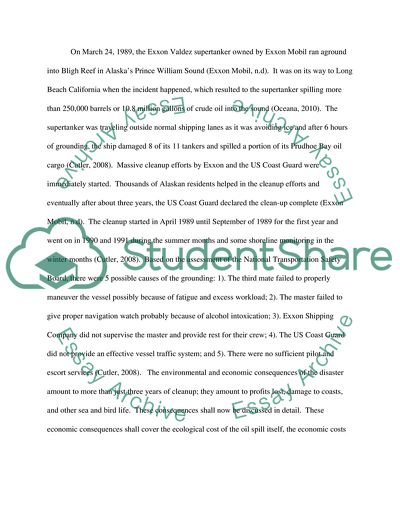Cite this document
(“The Roots and Backwash of Exxon Valdez Oil Spill Research Paper”, n.d.)
The Roots and Backwash of Exxon Valdez Oil Spill Research Paper. Retrieved from https://studentshare.org/environmental-studies/1737349-any-environmental-issues-providing-an-economic-perspective
The Roots and Backwash of Exxon Valdez Oil Spill Research Paper. Retrieved from https://studentshare.org/environmental-studies/1737349-any-environmental-issues-providing-an-economic-perspective
(The Roots and Backwash of Exxon Valdez Oil Spill Research Paper)
The Roots and Backwash of Exxon Valdez Oil Spill Research Paper. https://studentshare.org/environmental-studies/1737349-any-environmental-issues-providing-an-economic-perspective.
The Roots and Backwash of Exxon Valdez Oil Spill Research Paper. https://studentshare.org/environmental-studies/1737349-any-environmental-issues-providing-an-economic-perspective.
“The Roots and Backwash of Exxon Valdez Oil Spill Research Paper”, n.d. https://studentshare.org/environmental-studies/1737349-any-environmental-issues-providing-an-economic-perspective.


